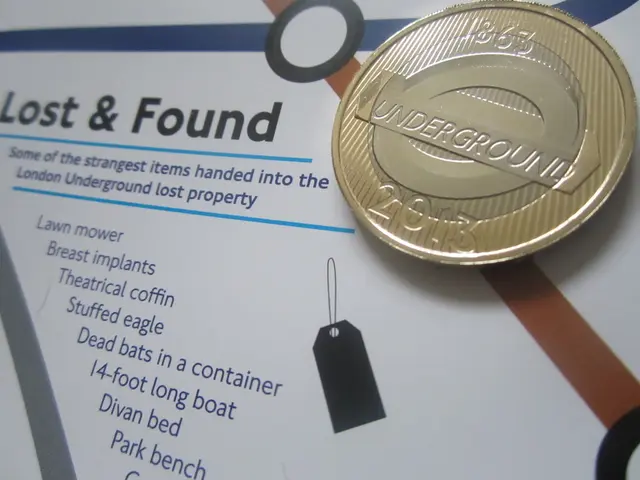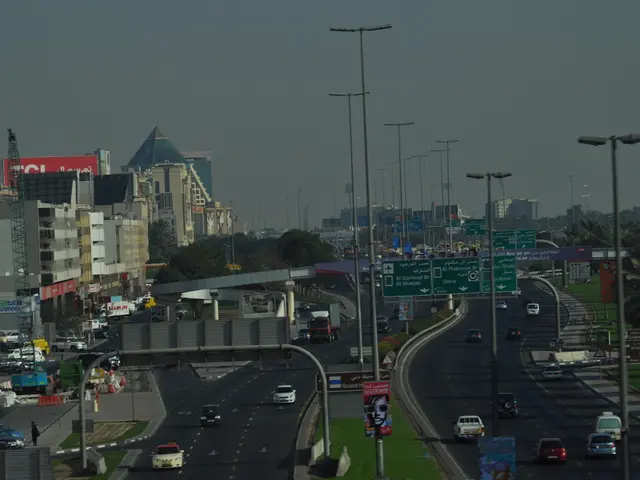Potential Listening-In Scenario: Secrets in the air?
Mastering the Art of Public Professional Calls: A Guide to Avoiding Eavesdropping and Data Breaches
Hopping on a professional call in public spaces like trains, cafes, or parks can be a balancing act between privacy and productivity. But how can you ensure your conversation remains confidential, especially when it comes to personal and company data? Here's a breakdown of crucial guidelines to adhere to while making secure calls on the go.
Privacy and Security:
- Secure Platforms: Opt for video conferencing platforms that prioritize security, offering end-to-end encryption and adhering to major data protection regulations. Look for features like secure file sharing and call recording controls to keep your sensitive information safeguarded[2].
- Sensitive Locations: Steer clear of public areas where your conversation might be overheard or recorded. Choose a quiet corner, or better yet, a private room to minimize the risk of eavesdropping.
- Device Security: Use updated, secured devices for video calls, and connect to secure networks like VPNs when necessary[3].
Confidentiality Clauses:
- Visual and Audio Privacy: Make sure your surroundings don't inadvertently disclose sensitive information. Avoid displaying documents or visuals with personal data in the background, and use noise-cancelling headphones to minimize audio leakage[4].
- Limiting Access: Limit the number of people who can overhear or see the call, and choose a location with minimal foot traffic[4].
- Non-Disclosure Agreements (NDAs): Ensure that everyone involved in the call is subject to appropriate NDAs to maintain confidentiality[4].
Regulatory Compliance:
- Industry-Specific Regulations: Depending on the nature of your call, you might need to comply with industry-specific regulations like HIPAA (healthcare), standards securing financial transactions or data protection laws (e.g., GDPR)[5].
- Location-Based Regulations: Familiarize yourself with data protection laws applicable in the region where the call takes place, such as the GDPR in Europe or CCPA in California[5].
Best Practices:
- Communicate Expectations: Clearly articulate the need for confidentiality and privacy to all participants before the call begins[6].
- Set Boundaries: Establish ground rules for the call, like maintaining awareness of background noise and avoiding discussing sensitive personal or company data[6].
- Post-Call Procedures: After the call, ensure that any recorded or shared sensitive information is secured according to company policies and data protection laws[6].
By adhering to these guidelines, you can Rest assured that your public professional calls remain both secure and compliant with relevant regulations and employment contracts.
- Maintaining privacy and security in data-and-cloud-computing settings requires utilizing secure platforms with end-to-end encryption, being mindful of sensitive locations, and ensuring device security.
- In the realm of general-news, it's essential to be aware of industry-specific regulations like HIPAA, and location-based regulations such as GDPR and CCPA when engaging in professional calls.







